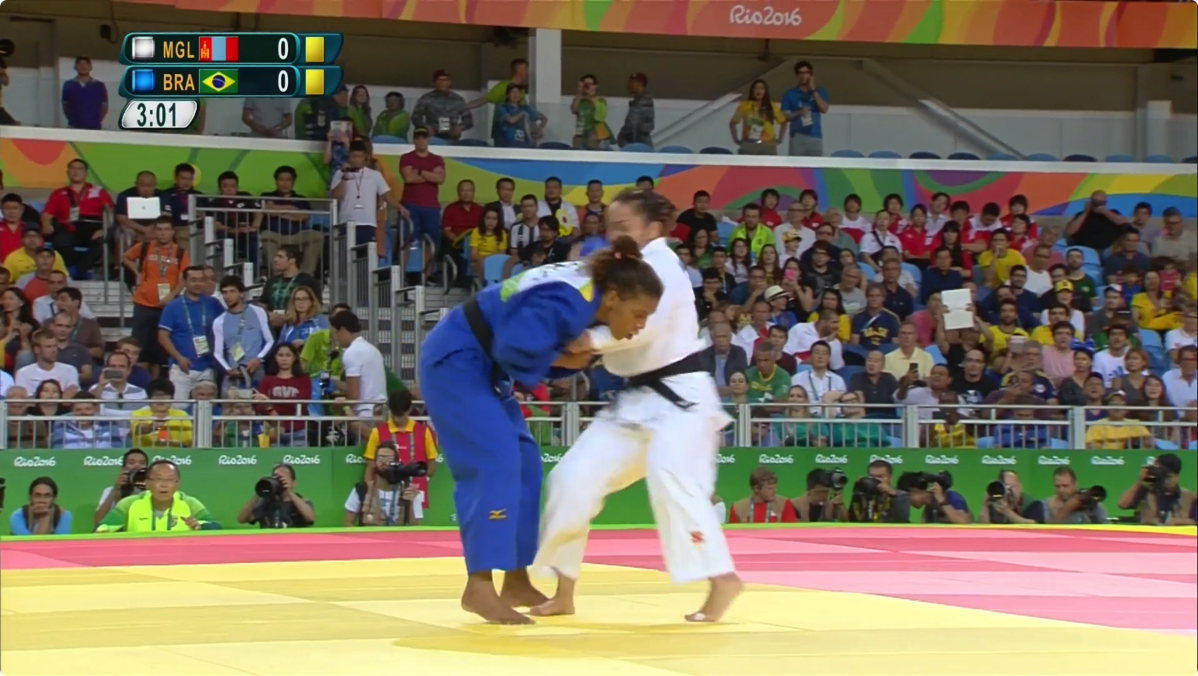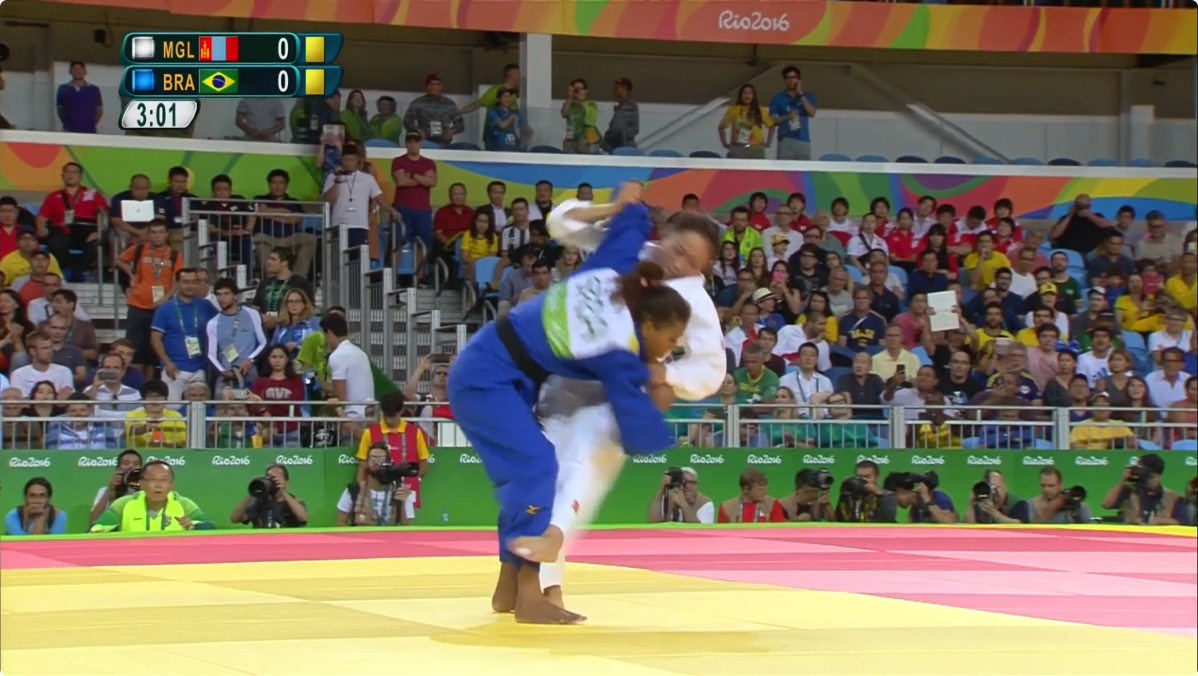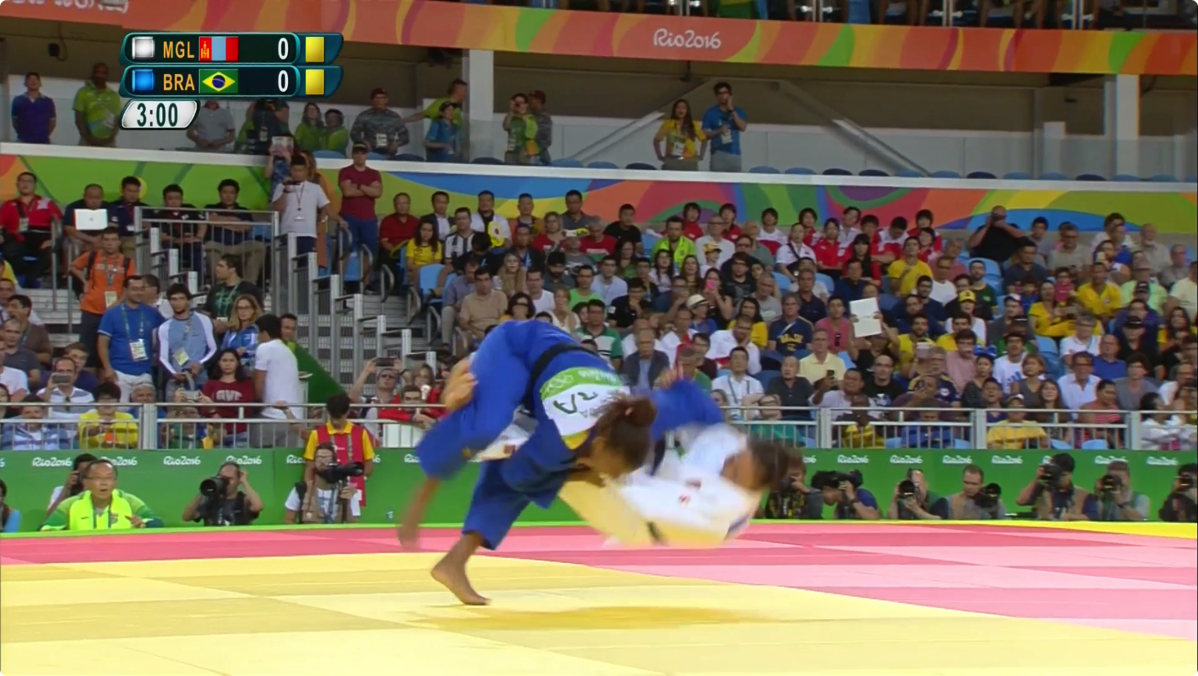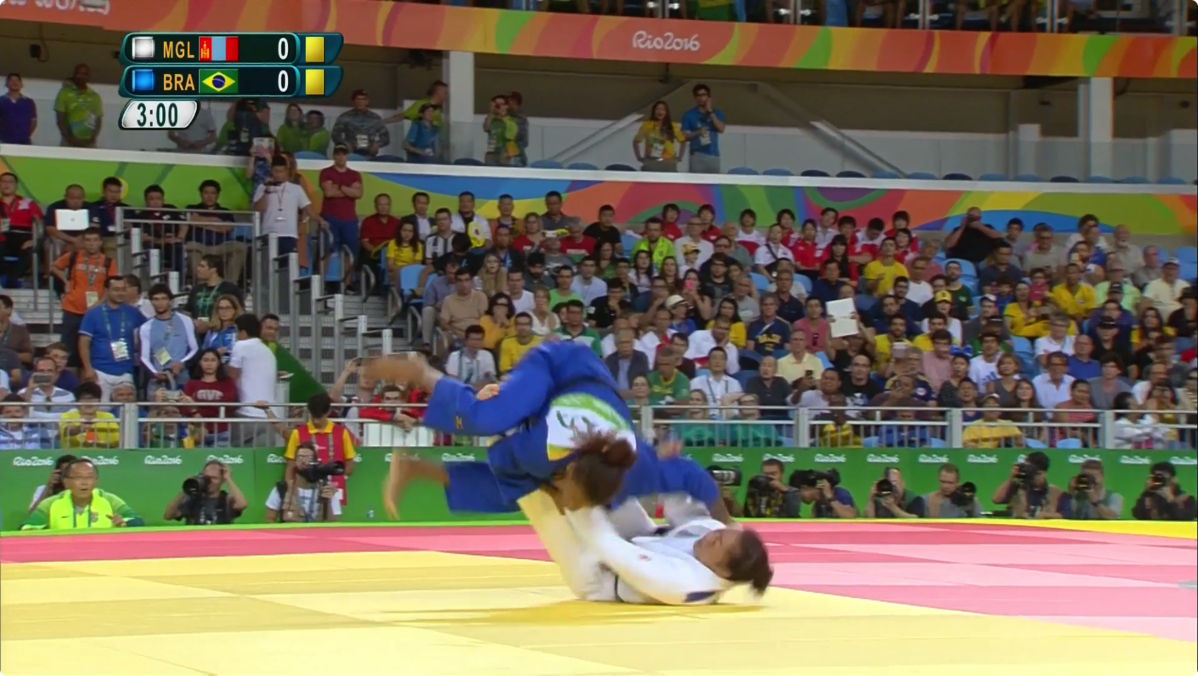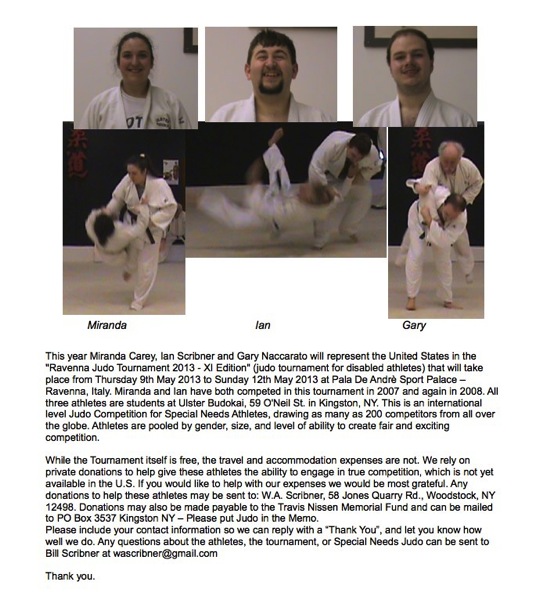Pairing in judo and in programming
Sunday, September 10th, 2017These kids are practicing tomoe nage, one of the many judo techniques I never got the hang of:
[Facebook post by Miki Simoyama]
Watching this, I realized there's a relevance here to my life as a computer programmer: judo is inherently a "pairing" activity. You work with a partner for all the most important stuff. As my Sensei says: "Good for me, good for you."
It's important to learn how to be a good judo partner, which includes adjusting for the different types of people you partner with: different skill levels, different goals, different sizes, shapes, and so on. In a drill like the one these girls are doing, both parties should participate mindfully — not just the person practicing the technique (tori) but the person it's being practiced on (uke).
Anybody can be a good uke. If you are less advanced than tori, you can still do the basics correctly like not being too stiff or too limp, adjusting your movements per their requests, and knowing how to do a proper breakfall if needed. Meanwhile, you can pay attention to what tori is doing and learn what it is they are practicing to accomplish, how they are trying to disrupt your balance. It is valuable to learn this from uke's perspective, to engage mentally and not be a passive practice dummy. You shouldn't think too hard — "think" is probably the wrong word anyway — you just have to stay aware and open and you'll learn a lot by osmosis. At least that's my theory. Think of that quote about Ginger Rogers: she did everything Fred Astaire did, except backwards and in high heels. When you are a mindful uke you are sort of practicing judo backwards and in high heels.
If you are more advanced than tori, and understand what they are practicing well enough, you might provide verbal reminders and cues — "Pull the sleeve," "Don't bend over," "Hips need to be lower," and so on. Sometimes, though, silence is better and it's more important to let tori keep trying what they're trying. You can also adjust your own movements to help tori with the intricacies of the technique they're practicing. For example, if tori is working on the timing of a foot sweep it's uke's job to move naturally while knowingly being vulnerable. It takes practice to do this, because you must pretend, over and over, that you have zero anticipation that your balance is about to be disrupted. Any anticipation will come through as tension in your body that tori will be able to sense, and this will be counterproductive. To use another movie analogy, think of that blooper in North by Northwest when a kid covers his ears because he knows there's about to be a loud bang. Being able to relax that anticipation can be tricky; it's hard not to be that kid. The feeling of being tripped is quite unsettling, and here you are helping tori get better at doing that to you.
Back when I was playing judo I think I was pretty decent at "pairing" in terms of adjusting to the person, being aware of safety for both parties, and so on. As a programmer I think my "pairing" abilities could use improvement, which will only happen if I practice as diligently as these two little girls.
